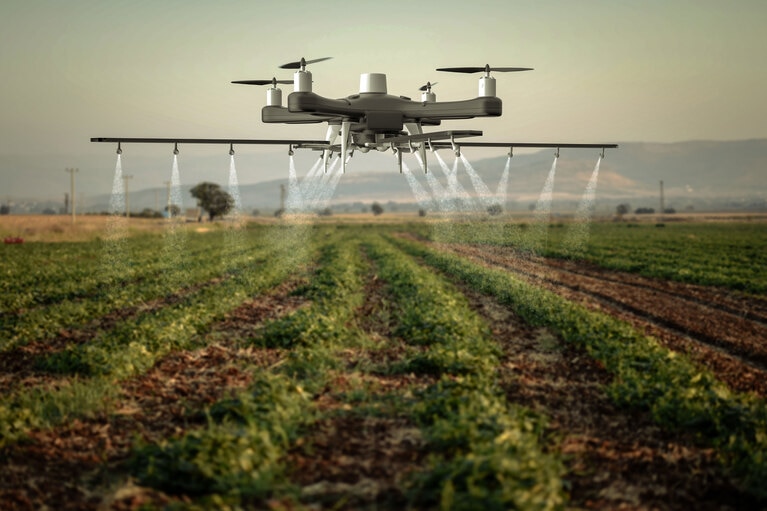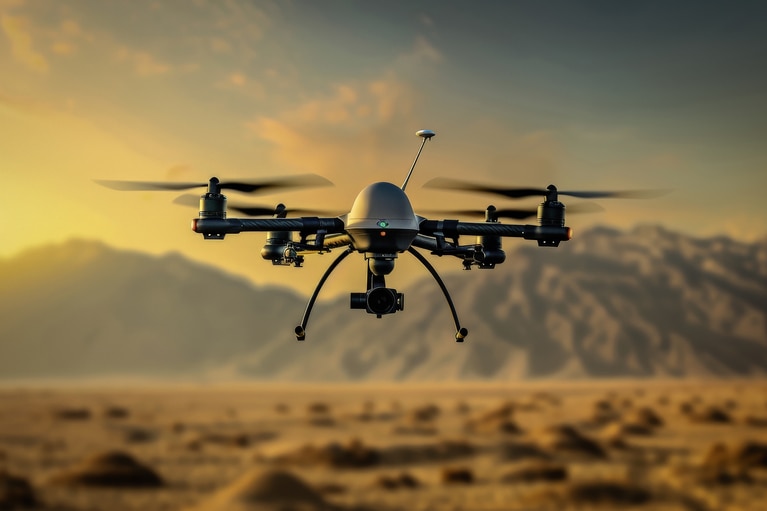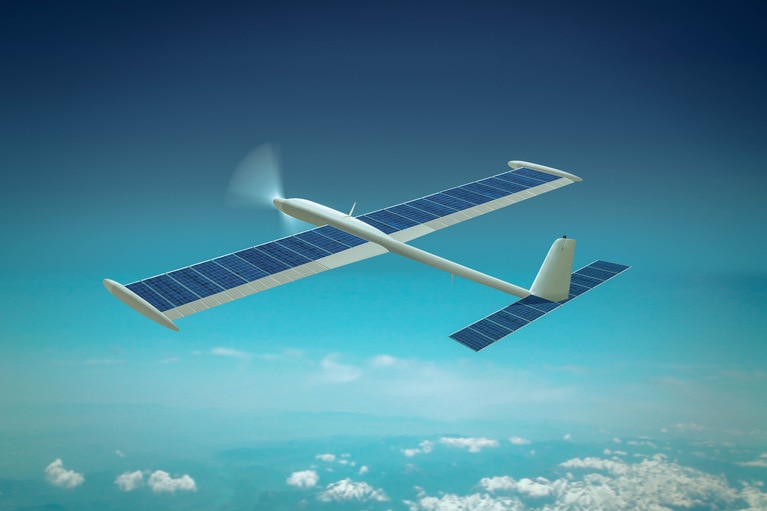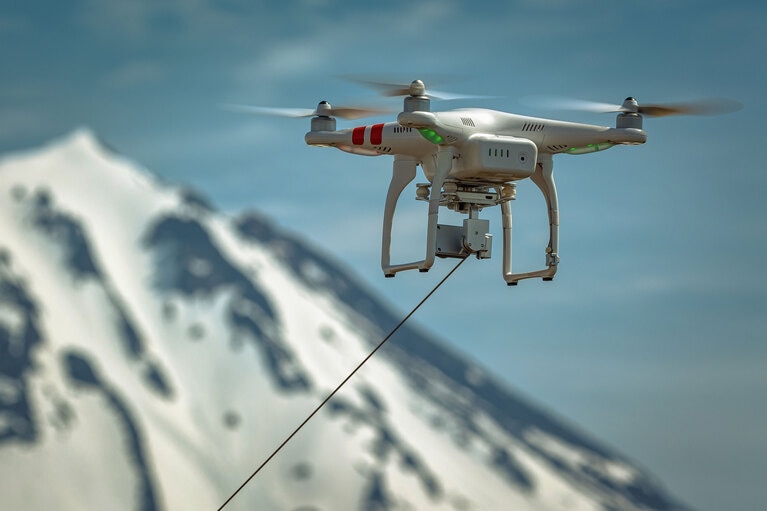
Accelerate your move to a high performance 48V power delivery network
This eBook provides guidance on designing 48V power delivery networks to enhance the performance, efficiency, and reliability of industrial products
Drones in agriculture are uniquely challenged to carry heavy payloads for longer spraying times while flying in varying conditions. They must cover large areas reliably and safely for an industry that demands high productivity. These drones are equipped with GPS, pumps, radar sensors, vision systems, and fail-safe systems that have different voltage and power levels. The key goals were:
Vicor change to high-performance power modules are compact and lightweight, allowing the drone to carry the accessories needed to do its job such as pumps or sensors. At the same time, the high efficiency allows both increased flight time and a simplified thermal management that requires less space on board.

Higher efficiency to extend flight times and range of operation

Power modules support a variety of input voltages for PoL devices

Advanced packaging and topologies
The Vicor DCM™ power module is an isolated, highly efficient, regulated DC-DC converter utilizing a high-frequency Zero-Voltage Switching (ZVS) topology, operating from an unregulated, wide range input to generate an isolated output. Modular DCM converters and downstream Vicor ZVS Buck and Buck-Boost products support efficient power distribution, providing superior power system performance and connectivity from a variety of unregulated power sources to the point-of-load.

Accelerate your move to a high performance 48V power delivery network
This eBook provides guidance on designing 48V power delivery networks to enhance the performance, efficiency, and reliability of industrial products
Build better UAVs using modular power
Power Delivery Networks (PDN) based on Vicor high performance power modules enable innovative designs for the next generation of UAV development
High-efficiency, high-density modules free up space for advanced communications and extend range
High-efficiency class of UAV depend on solar power to meet its long flight time requirements
High-density, high-power modules enable lighter, safer, lower cost tether cables to extend missions
This class of unmanned vehicle is powered and controlled via a tether from a ground-based power source assisting in extended missions



